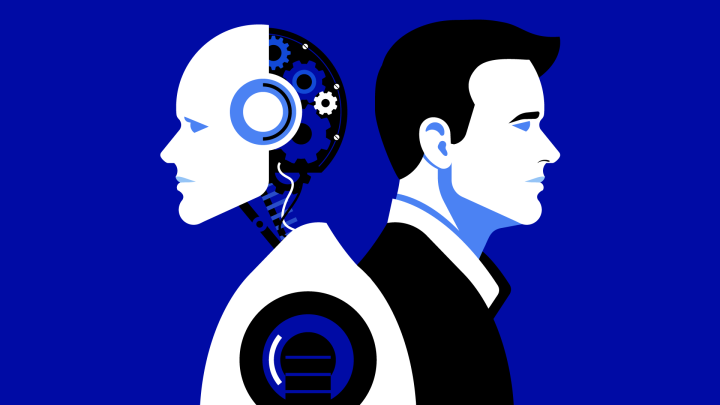CS Faculty Part of $2.8M DARPA Award to Advance Autonomous Robotics
As autonomous robotic systems continue to integrate themselves into our daily lives—flipping burgers, navigating vehicles, sorting parcels, and much more—the need to increase human-like cognitive reasoning within these AI-driven platforms is also growing.
Researchers in the University of Maryland Institute for Advanced Computer Studies (UMIACS) are exploring this topic, leading a multi-institutional effort aimed at enhancing how robots reason, plan and engage in complex, real-world scenarios.
The UMIACS team—Furong Huang, an associate professor of computer science, and Tom Goldstein, a professor of computer science—are collaborating on the project with researchers at the University of Chicago and the University of Texas at Austin.
Ultimately, the researchers say, their work will lead to robust autonomous robotic systems based on symbolic reasoning, which involves the use of symbols and abstract concepts to reason and solve problems, allowing the machine’s AI neural networks to mimic human thought processes.
The research is supported by a $2.8 million grant from the Defense Advanced Research Projects Agency (DARPA) as part of the agency’s Transfer from Imprecise and Abstract Models to Autonomous Technologies program, designed to accelerate the transition of robotic systems from virtual environments to real-world applications.
“Our project aims to transcend the limitations of current robotic systems, which are often siloed and task-specific,” Huang says. “Instead, we envision developing a versatile robotics foundation model—a scalable brain capable of powering a diverse range of robots—from household assistants and industrial machines to next-generation autonomous vehicles and medical devices.”
Click HERE to read the full article
The Department welcomes comments, suggestions and corrections. Send email to editor [-at-] cs [dot] umd [dot] edu.
